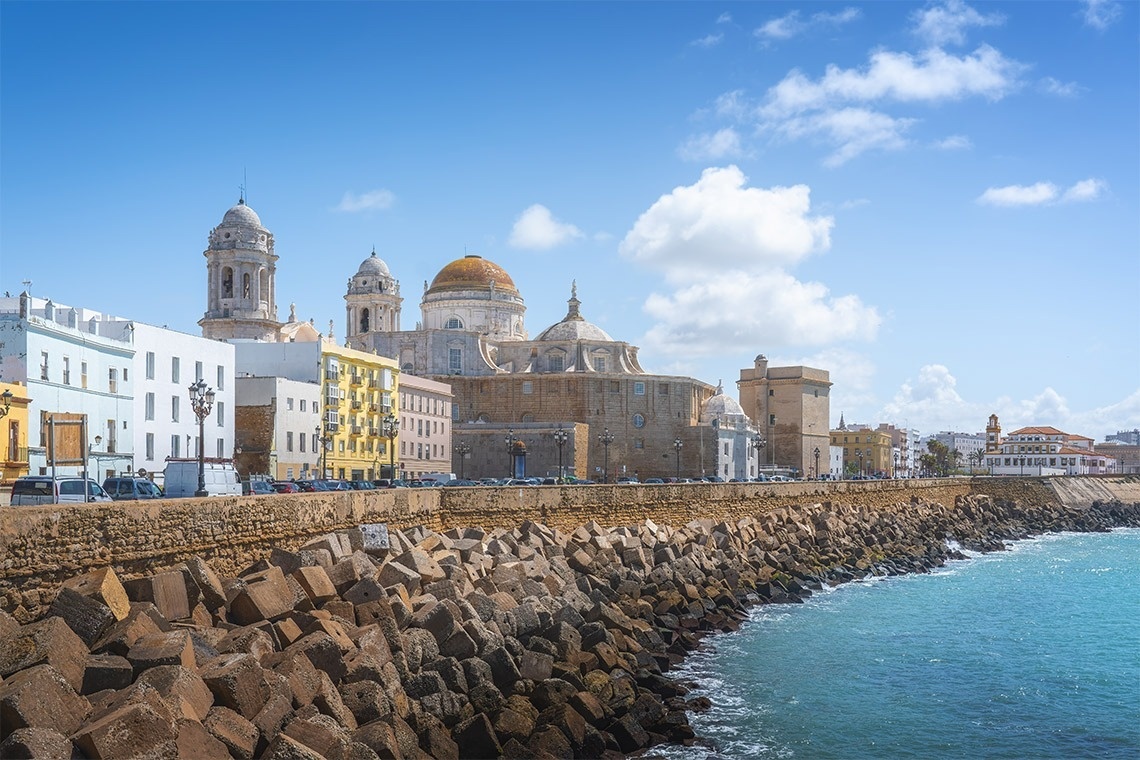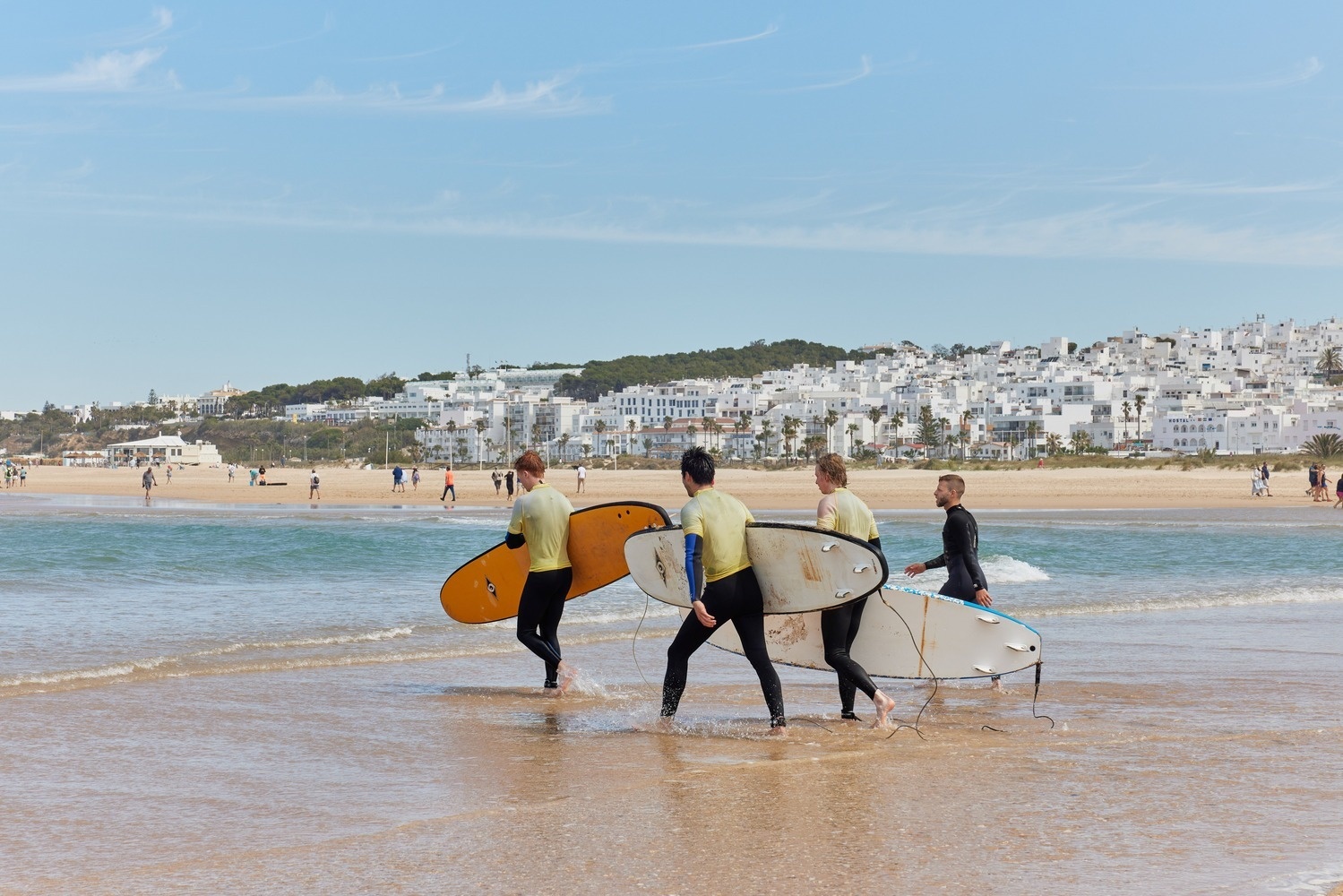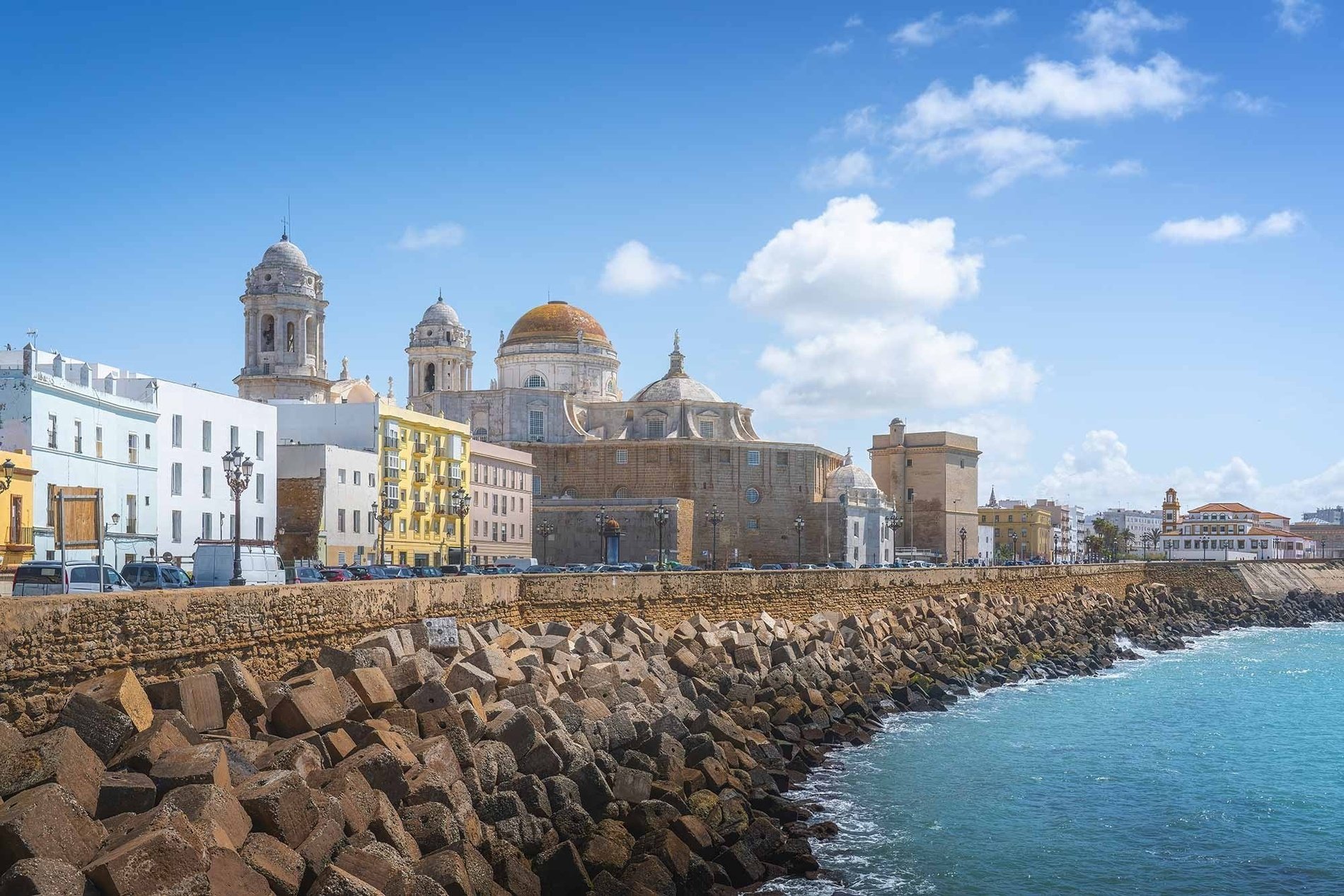

- TAIGA Meets & Golf
Cadiz: 10 Interesting Facts You May Not Know About the Oldest City in the West
Cádiz is a city you'll fall in love with at first sight. Its streets steeped in history, its golden beaches, and its vibrant atmosphere make it a must-see destination. But beyond its obvious charms, this Andalusian city hides secrets and curiosities that make it even more special. Today we bring you 10 surprising facts about Cádiz that you may not have known. Get ready to see the city through different eyes!
INDEX
- The Oldest City in the West
- An Island or a Peninsula?
- The Origin of Spain's Most Famous Carnival
- The Great Mirage of the Lookout Towers
- Inspiration for 'Treasure Island'
- The First Spanish Constitution was born here
- The Roman Theatre Hidden for Centuries
- La Caleta Beach in the James Bond Cinema
- Cádiz, the City of Two Sunsets
- An Aqueduct That Still Works
1. The Oldest City in the West
Cádiz was founded more than 3,000 years ago by the Phoenicians under the name Gadir. This makes it the oldest continuously inhabited city in the West. Over the centuries, it has witnessed the presence of Carthaginians, Romans, Visigoths, Muslims, and Christians, leaving a unique cultural imprint.
2. An Island or a Peninsula?
Although at first glance it looks like a peninsula, Cádiz was originally an island. Over the centuries, humans have modified its geography until it was connected to the mainland by a narrow sandy isthmus. But if you look at a map, you'll see that Cádiz is still almost entirely surrounded by water.
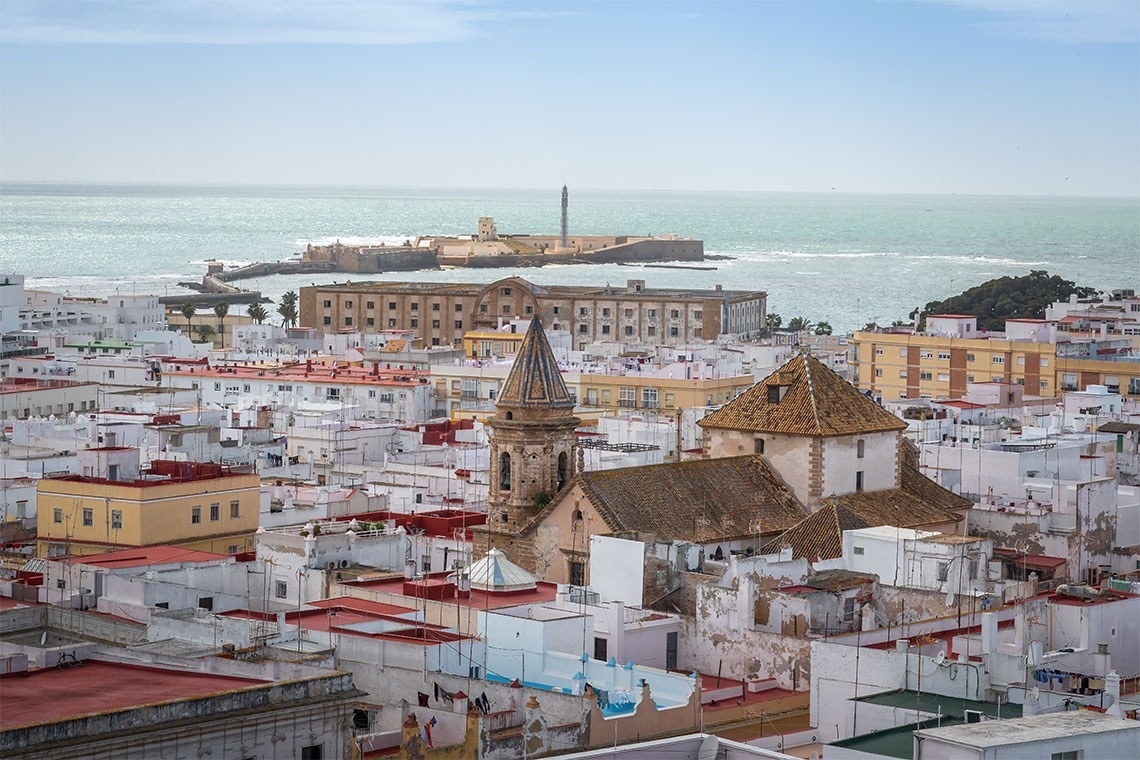
3. The Origin of Spain's Most Famous Carnival
The Cádiz Carnival is one of the most important in the world, but did you know it has Italian influences? In the 16th century, the city had a strong commercial relationship with Genoa, and it was from there that the tradition of dressing up and singing satirical songs was brought. Today, the chirigotas (chirigotas) and comparsas (comparsas) remain the lifeblood of this festival.
4. The Great Mirage of the Lookout Towers
During the 18th century, Cádiz enjoyed its golden age thanks to trade with America. To monitor the arrival of ships, merchants built watchtowers on their houses. Today, some 120 of these towers remain, the most famous being the Tavira Tower, with its camera obscura, an optical system that allows the city to be viewed in real time.
5. Inspiration for 'Treasure Island'
Robert Louis Stevenson, the author of Treasure Island, drew inspiration from Cadiz to describe the port in his famous novel. In the 18th century, the city was filled with merchants, sailors, and corsairs, making it the perfect setting for pirate adventures.
6. The First Spanish Constitution was born here
In 1812, while Spain was invaded by Napoleon, Cádiz became a refuge for liberals and the seat of the Cortes. It was here that La Pepa, the first Spanish Constitution, was promulgated, a revolutionary document for its time.
7. The Roman Theatre Hidden for Centuries
In the heart of the Pópulo neighborhood, beneath several modern buildings, an impressive Roman theater from the 1st century BC was discovered in 1980. It is one of the oldest and largest in Hispania, but it spent centuries buried and forgotten until its accidental discovery.
8. La Caleta Beach in the James Bond Movie
If you're a movie fan, you'll surely remember the iconic scene from Die Another Day (2002), where Halle Berry emerges from the water in an orange bikini. Although the film is supposed to be set in Cuba, it was actually filmed at Playa de la Caleta in Cádiz.
9. Cádiz, the City of Two Sunsets
If you've ever been to Cádiz, you'll know that the sunsets here are magical. But there's a curious phenomenon: from some points in the city, such as San Sebastián Castle, it's possible to see two sunsets in one, thanks to the refraction of light on the horizon.
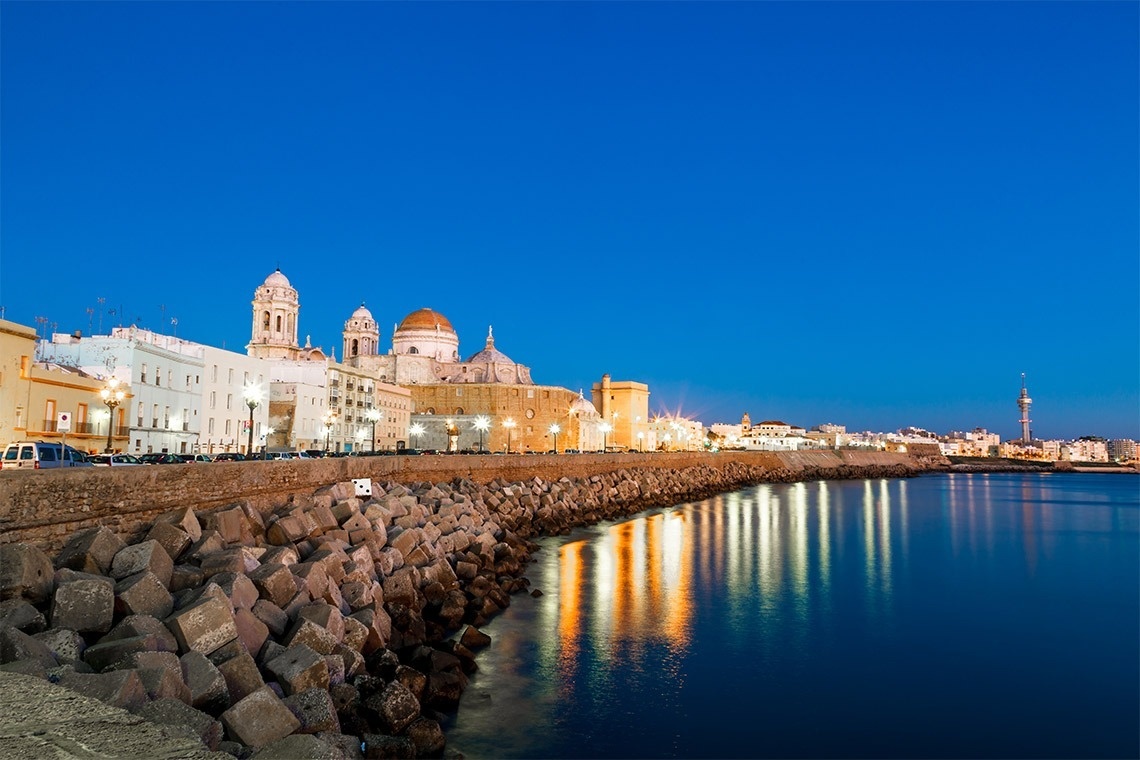
10. An Aqueduct That Still Works
The Romans built an aqueduct to supply water to Cádiz from the Tempul springs in the Sierra de Cádiz. Incredibly, parts of this hydraulic system are still in use today, more than 2,000 years later.
Cadiz, An Unforgettable Destination
Every corner of Cádiz hides history, culture, and interesting facts that make it unique. If after reading this you're eager to discover it for yourself, we recommend staying at Taiga Conil or Taiga Tarifa , two perfect options for enjoying the essence of Cádiz with comfort and charm.
Because Cádiz is not just for visiting... it's for experiencing!


